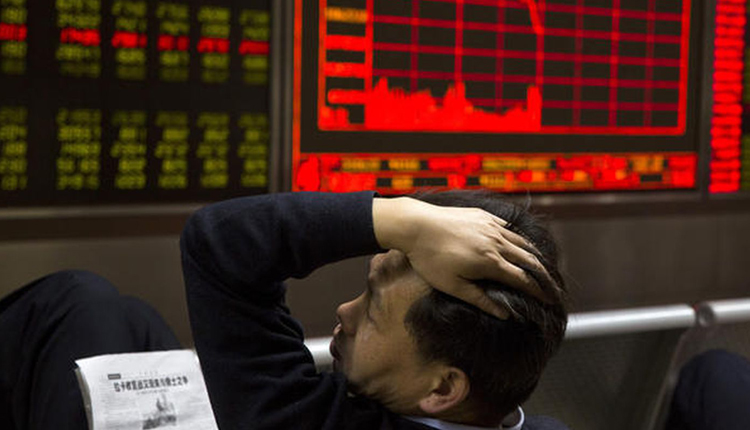Japanese markets were lower on Thursday as the Bank of Japan kept monetary policy steady.
The Nikkei 225 slipped 0.24 percent in afternoon trade as shares of FamilyMart dropped more than 2 percent. The Topix index also declined 0.11 percent.
The Japanese yen last traded at 109.58 per dollar, strengthening from a low of 109.67 on Thursday.
In its statement, the BoJ said: “Japan’s economy is likely to continue on a moderate expanding trend, as the impact of the slowdown in overseas economies on domestic demand is expected to be limited, although the economy is likely to continue to be affected by the slowdown for the time being.”
“It seems as though … there was much more expectation of easing in the October meeting but there’s some positive signs coming from the global economy,” Tom Learmouth, Japan economist at Capital Economics, told CNBC’s “Street Signs” on Thursday.
He added that a broader measure of consumption for October released this week showed a “much smaller drop off in consumption” following a sales tax hike that month. “All that supports the Bank of Japan … staying on hold for the foreseeable future,” he said.
Elsewhere, mainland Chinese stocks were lower by the afternoon. The Shanghai composite slipped 0.2 percent while the Shenzhen composite shed 0.125 percent.
The Shenzhen component was 0.27 percent lower. Hong Kong’s Hang Seng index declined 0.65 percent as shares of Chinese tech behemoth Tencent dropped more than 1 percent .
South Korea’s Kospi recovered from its earlier slip to trade largely flat. Shares of chipmaker SK Hynix surged about 2 percent on the back of Micron posting a first-quarter beat on the top and bottom line.
Meanwhile, the S&P/ASX 200 in Australia shed 0.19 percent .
Australian jobs data for November released Thursday showed a 39,900 seasonally adjusted rise in jobs, far higher than expectations of a 14,000 increase by a Reuters poll.
The seasonally adjusted unemployment rate also came in lower than expected at 5.2 percent , as compared to a 5.3 percent forecast by a Reuters poll.
The Australian dollar jumped to $0.6875 following an earlier low of $0.6846.
“One thing that’s probably quite positive in the scheme of things is the trend measure of the unemployment rate now looks as though it’s starting to stabilize … which is a helpful development,” Paul Bloxham, chief economist for Australia, New Zealand and global commodities at HSBC, told CNBC’s “Squawk Box” on Thursday.
“We’re not out of the woods yet,” Bloxham added. “If the unemployment rate levels out that’s fine, but it’s actually got to be falling, we’ve gotta get a pick up in wages growth and that’s all got to flow through for the RBA to get inflation back to target so I wouldn’t dismiss the idea that the RBA might still have to do a bit more easing yet.”
Overall, the MSCI Asia ex-Japan index traded 0.43% lower.
Shares on Wall Street declined overnight, ending their five day winning streak. The S&P 500 closed about 0.04 percent lower at 3,191.14 while the Dow Jones Industrial Average slipped 0.1 percent to end its trading day at 28,239.28.
The Nasdaq Composite bucked the overall trend as it rose 0.05 percent to close at approximately 8,827.74.
The U.S. dollar index, which tracks the greenback against a basket of its peers, was at 97.333 after seeing an earlier high of 97.42.
Oil prices were little changed in the afternoon of Asian trading hours, with international benchmark Brent crude futures at $66.16 per barrel and U.S. crude futures at $60.92 per barrel.
Source: CNBC
